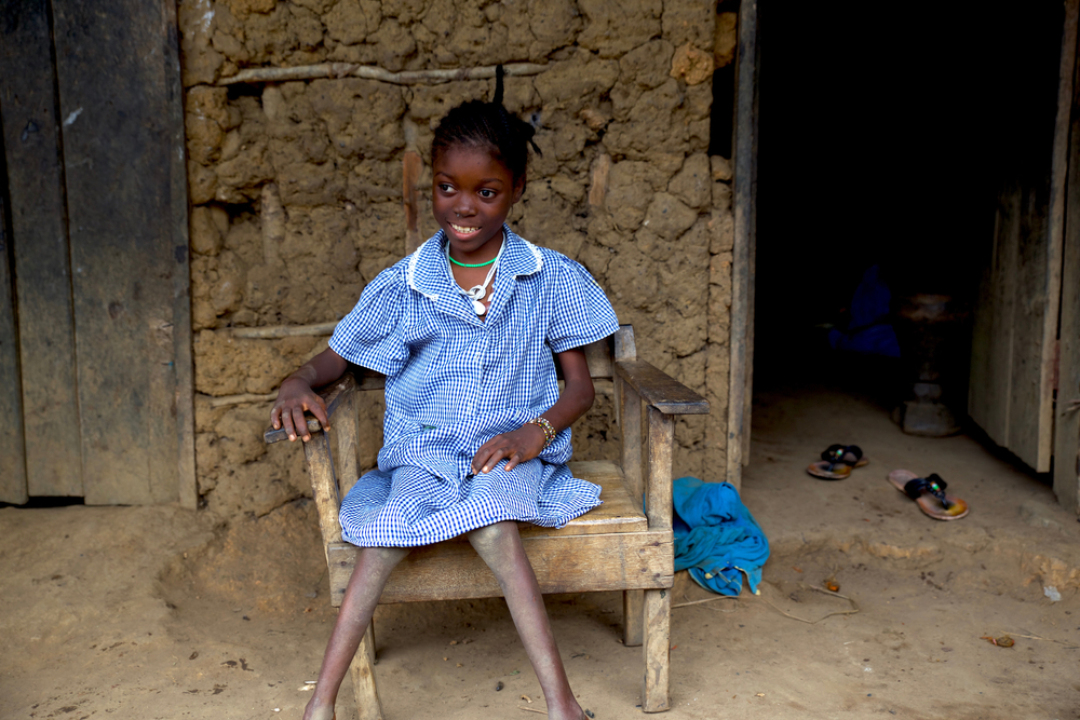
The Global Polio Laboratory Network was established
In 1990, the Global Polio Laboratory Network (GPLN) was formally established by the World Health Organization (WHO), national governments, Rotary International, the US Centers for Disease Control and Prevention (CDC), UNICEF, and later joined by the Bill & Melinda Gates Foundation and Gavi. Its primary responsibility is to distinguish poliovirus as a cause of acute flaccid paralysis (AFP) from AFP caused by other diseases.
The GPLN consists of 146 WHO accredited polio laboratories, in 92 countries across the six WHO regions of the world. The GPLN processes over 220,000 stool samples from AFP cases (and their contacts), and more than 8 000 sewage samples per year. In addition to surveillance, the GPLN carries out a research agenda aimed at improving laboratory diagnostics.
The GPLN meets every year to develop recommendations for improving performance and coordination and determine the research and resource needs of the network laboratories.
Tags:
Source: Global Polio Laboratory Network
Credit:
